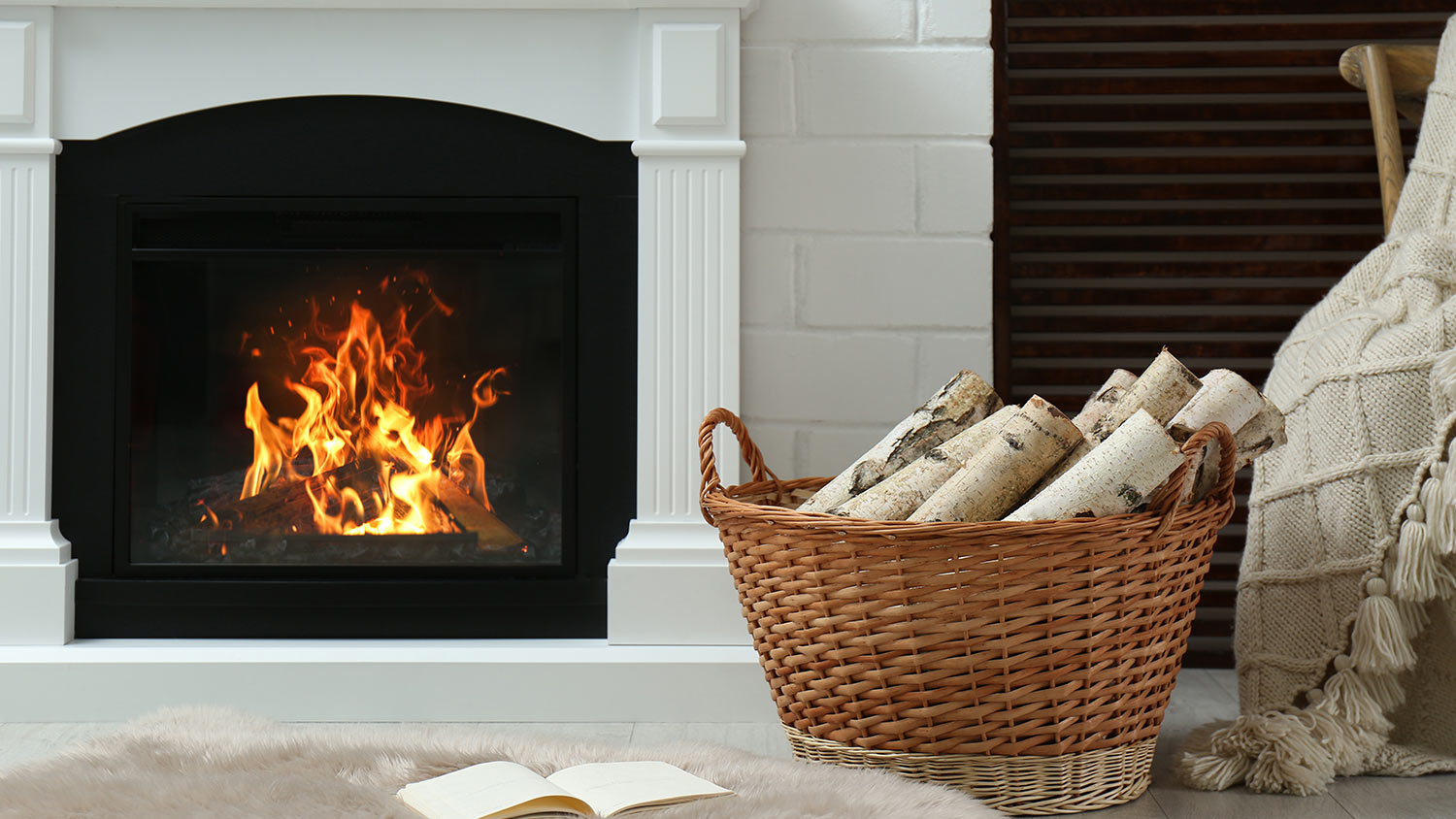
Wondering about the cost to paint a fireplace? Get a detailed guide to prices, key factors, and money-saving tips for your fireplace painting project.
Knowing what to do with your furniture during house painting can make or break the project—and your budget


If you’re looking to jazz up your interior space, you really can’t get much better than a nice, new paint job. But getting the results you want can take a lot of prep work. And it all begins with knowing how to handle your furniture during house painting.
The ideal time to paint any room is when it’s empty rather than holding all the furniture in the center of the room. So, if you’re moving into your new digs and considering livening your room up with some neat, novel hues, then strike while the iron is hot and that heavy armoire is nowhere in sight.
When that’s not possible (and it’s usually not), you still may have to bite the bullet and remove as much furniture as possible if you want the best results.
If you’re having your room professionally painted, removing the furniture will reduce your overall project costs. Painters would need to be navigating around furniture or use shorter tools to avoid big, heavy, and tall pieces. And that means the project will be done in less time, saving you money on hourly labor.
The pros estimate, for instance, that it can take 30%–50% more time to paint a small room crammed with furniture than it would take to paint the same room empty of furniture. That’s especially true of homes with hard-to-reach corners and unconventional wall dimensions.
Professional painters tend to get the best results when using 4-foot poles for painting. This is not only the most efficient method, reducing work time, but it also gives the painter better leverage when applying the paint. The result is a smoother, more uniform, and more attractive finish.
If the idea of pushing or lifting heavy furniture makes you uncomfortable, don’t stress. There are plenty of other ways to gear your room up for its new paint job.
You can prepare the room by clearing out smaller, lighter objects such as wall decor, curtains, plants, and rugs. You can also vacuum the room so there’s less chance for dirt and debris to end up on your painted surfaces. If you’re feeling extra ambitious, apply spackle or patching compound to fill any holes or cracks in your walls. However, professional painters will often handle that type of wall prep for you.
Place several drop cloths around the room and use plastic sheeting to protect any furniture. Be sure to cover every inch possible to avoid staining your floors or upholstery with paint or primer. You can even mask off windows with plastic covering to protect the glass from paint smears.
If necessary, you can remove any wayward paint that ends up on your furniture by using a paint stripper, heat gun, or power sander after the job is done. You can also opt to use a combination of these methods. Chemical paint strippers work well when removing several layers of paint, while heat guns and scrapers are best for targeting smaller areas with minimal paint stains. If you notice a touch of paint on your wood furniture, you can sand the area with abrasive paper. Just be sure to sand along the wood grain to avoid damage.
The process is still a headache for all the benefits of removing your furniture when painting one or more rooms in your home. So, in addition to pounding a couple of aspirin ahead of time, we recommend making a plan to ensure the process is as painless for you, and your painters, as possible.
You should work with your professional to create your action plan before project day. It’s fun to discuss and eventually pick interior paint colors and determine how to deal with furniture in the rooms awaiting new paint.
You can use sliders, for example, to easily move your furniture without damaging your flooring. In addition, you’ll need to discuss with your professional how much of the prep work they do and how much you will need to do yourself. In most cases, you’ll be the one responsible for clearing out the room before the painters arrive, but the perk is that you’ll be saving on those hourly labor costs.

Painting isn’t usually a homeowner’s favorite project, especially if it’s also going to involve shifting a lot of bulky furniture around. Still, if you’re ready to put in the sweat equity, it can save you quite a bit of coin if you do it yourself. Hiring a professional painter costs between $20 and $50 per hour on average.
On the other hand, if you do the work yourself, you’re likely only out the cost of the materials. For example, a gallon of paint generally costs between $20 and $100 and typically covers around 400 square feet. Add primer to that, and you’re looking at around $25 per gallon on average.
From average costs to expert advice, get all the answers you need to get your job done.

Wondering about the cost to paint a fireplace? Get a detailed guide to prices, key factors, and money-saving tips for your fireplace painting project.

A new coat of paint can transform your bathroom and improve home value. Learn about the cost to paint a bathroom and what factors affect the total.

The price of mortar-washing a brick exterior varies widely from single-storey bungalows to large family homes. Learn the average cost to German schmear a house.
.jpg?impolicy=leadImage)
Painting a room is more than just putting a fresh coat on walls. Before you start, you’ll want to know how to paint crown molding, trim, ceilings, and more.

You can paint your basement ceiling to brighten up a dark space while leaving the beams open, but you won’t get added insulation. There are the pros and cons of painting a basement ceiling.

When looking to alter a room's appearance, you may ask: Can you sand texture on a painted wall? You can, but there are some key things to know.